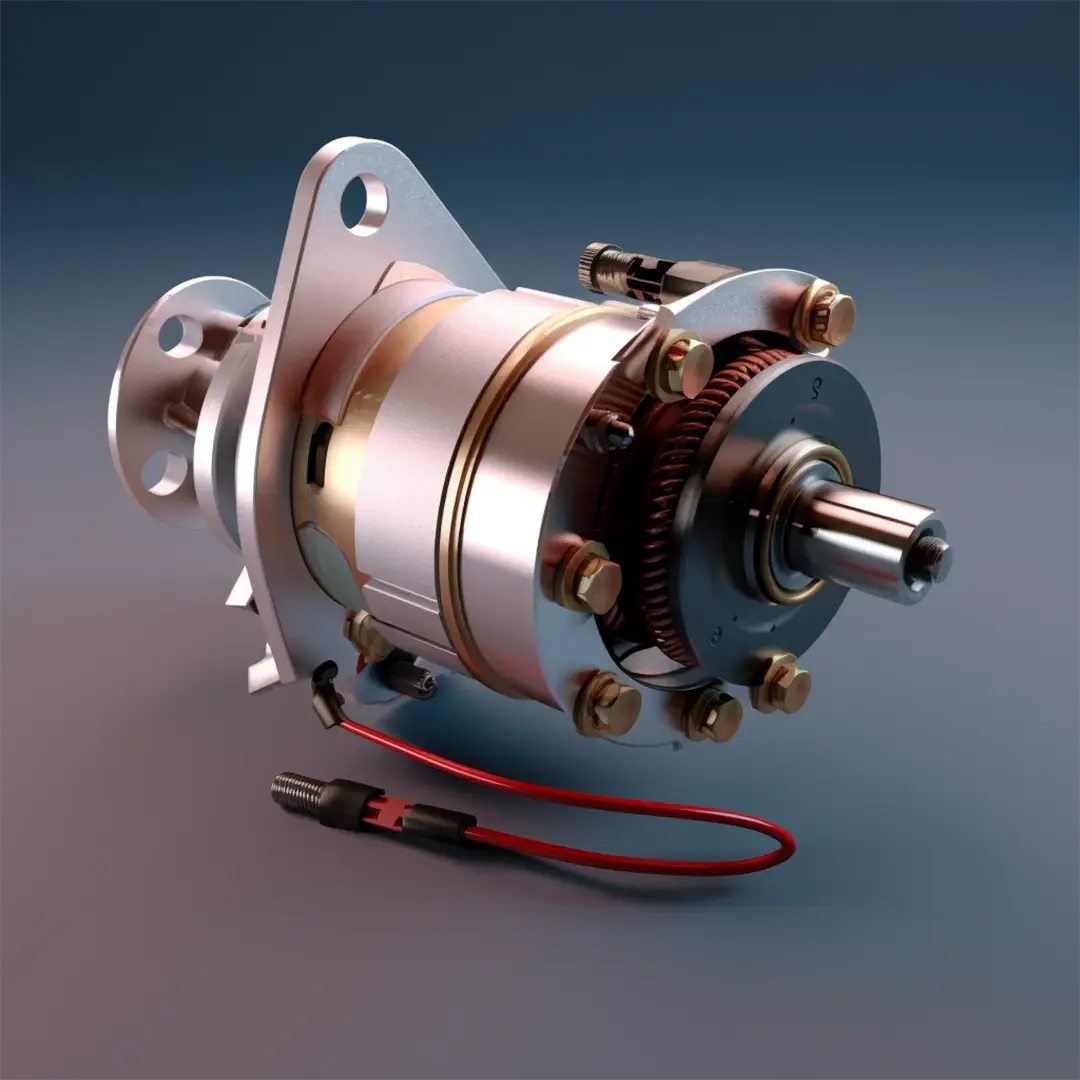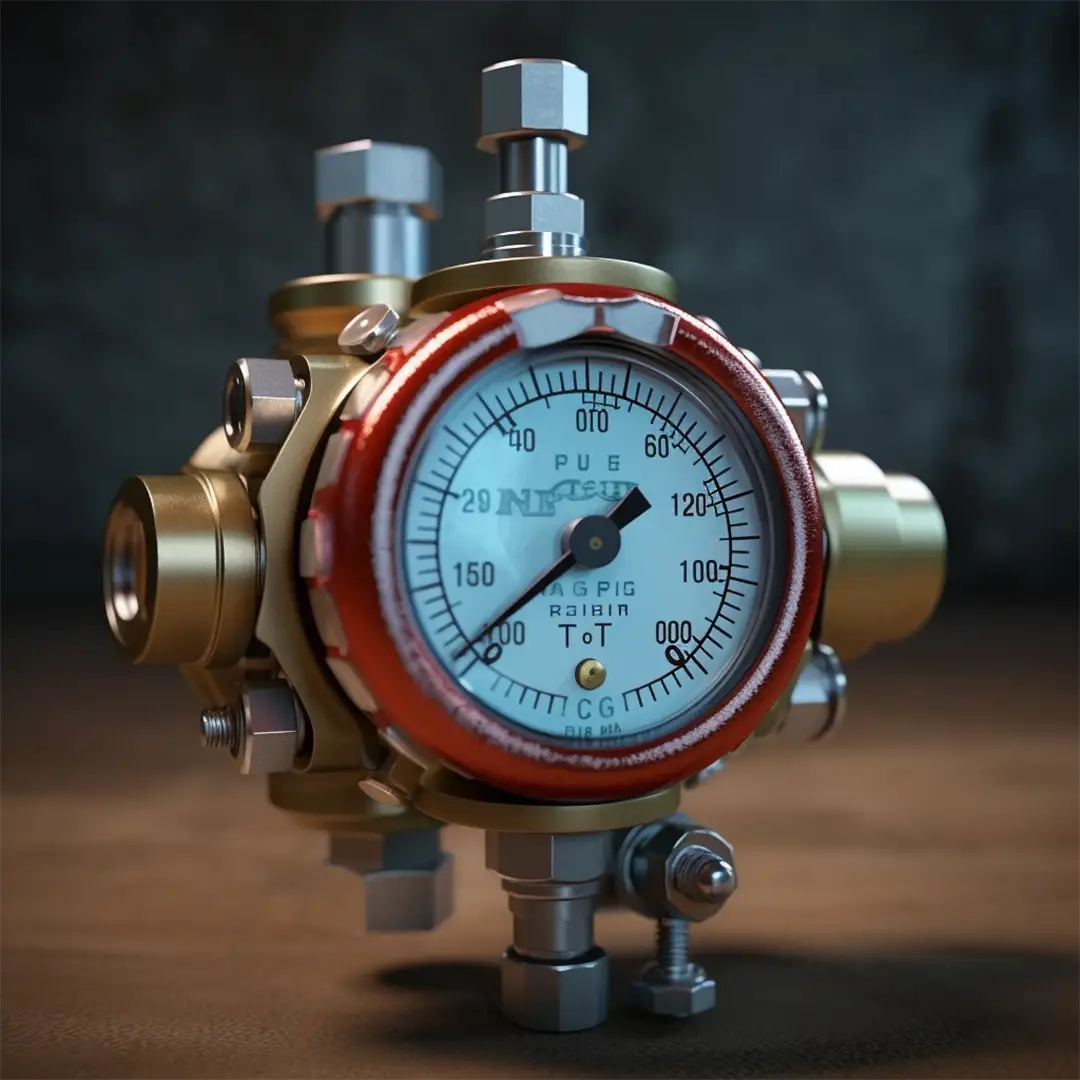2, rue de la Ternière
Avrillé cedex FRANCE
Spacers are components used in mechanical assembly for :
- Create space or maintain a precise distance between two or more elements
- Position or center two or more elements within an assembly
- Protect assembly integrity by limiting the compressive load exerted on the assembly.
They are often made of metal or plastic, and take the form of hollow tubes or cylinders. Spacers are particularly effective in applications where weight reduction is required.
Spacer - cylindrical spacer - threaded spacer





Spacer - cylindrical spacer - threaded spacer







- Feasibility checks using the FMEA tool, which is used to analyze failure modes, their effects and criticality.

- Production of initial samples in medium series, and validation of production with PPAPs in accordance with IATF 16949.

- Development of detailed production processes according to the APQP quality process

- Collection and analysis of production data to identify trends and variations. 3PPM in 2023.
The advantages of manufacturing with LGC Industries


.png)

.png)


- 24 Multi-spindle lathes
- 45 Tours Escomatic
- 42 Banding machines
- 8 Plunge and enfilade grinders
Find out more about the technical features of our products
Discover other products
What is a spacer?
A spacer is a rigid cylindrical part, often made of steel, which connects and holds two other parts at a fixed distance apart.
A spacer is a component used in mechanical assemblies to create space or maintain a precise distance between two or more elements.
What is a socket?
A bushing is an extremely precise mechanical part that connects two parts, which may be moving, creating a fastening that :
- Limits assembly weight
- Eliminates friction between parts.
Bushings are found in car engines and suspensions, and are used in mechanical assemblies to :
- Positioning or centering two or more elements within an assembly, we speak of a centering bushing
- Protect the integrity of the assembly by limiting the compression load exerted on the assembly, we speak of a compression bushing
They are frequently made of metal or plastic, and take the form of hollow tubes or cylinders. Bushings are particularly well-suited to weight-saving applications.
For example, the use of smooth bushes reduces the consumption of expensive and generally scarce anti-friction materials, and simplifies repairs by cutting the cost of installation and replacement of worn bushes with a new one.
What's the difference between a spacer and a bushing?
At first glance, bushes and spacers are the same product, but the major difference between the 2 names lies in the part's role.
In fact, a spacer is used to create a space between two parts. In English, a spacer is said to create and maintain space.
The spacer's main application is in a rotating system such as a ball bearing (bicycle hubs, gearboxes, etc.).
The spacer creates a gap between the two bearings, holding them in a fixed position. The following image shows the spacer between two bearings. Here, the assembly appears to be disassembled, as the parts are not in contact.


The name of the bushing is far more significant than that of the spacer, because while the latter has a precise role, the bushing has several, far more specialized ones. This is why we tend to associate the application directly with the product.
Unlike the spacer, the bushing is often associated with specific, technical applications. When we speak of a cylindrical bushing, we're not talking about a smooth bushing.
These are more commonly referred to as centering or positioning bushes, underlining their crucial role in assembly or alignment operations.
This is not simply a linguistic error, but rather a misunderstanding of the diversity of functions that a socket can perform.
It's reassuring to see that this linguistic confusion is widespread, but it's essential to recognize the importance of bushes in applications far more specific than those of spacers.
Different types of bushes and spacers
Like other fasteners and connectors, there are a variety of bushes and spacers available.
- The ground centering bushing / ground centering spacer The ground centering bush / ground centering spacer: they enable two holes to be precisely aligned. They are used to ensure centering and alignment within a mechanical assembly.
- The compression sleeve / compression spacerAlso known as spacers, they maintain the distance between two parts.
- The threaded bush / Threaded - tappedspacers , also known as threaded inserts: the inside diameter is adapted to the passage of a screw, and the outside diameter ensures precision for a perfect fit.
Spacers play an essential role in preserving the integrity of plastic part assemblies by protecting them from compressive stresses.
Their overmolding prevents unwanted deformation, while they skilfully correct dimensional variations caused by thermal shock.
Would you like to find out more about our spacers?
Visit our dedicated article: All you need to know about spacers






















